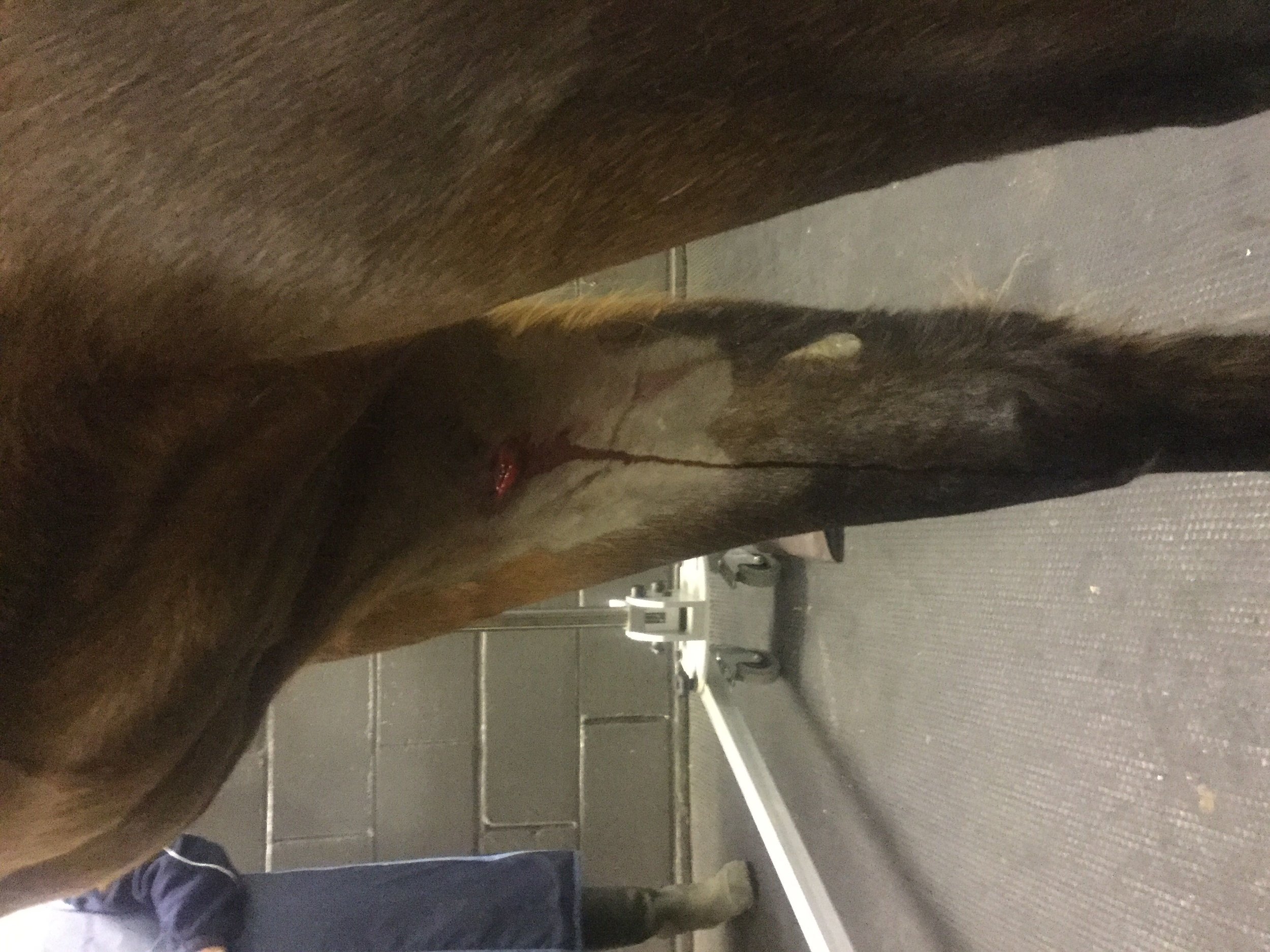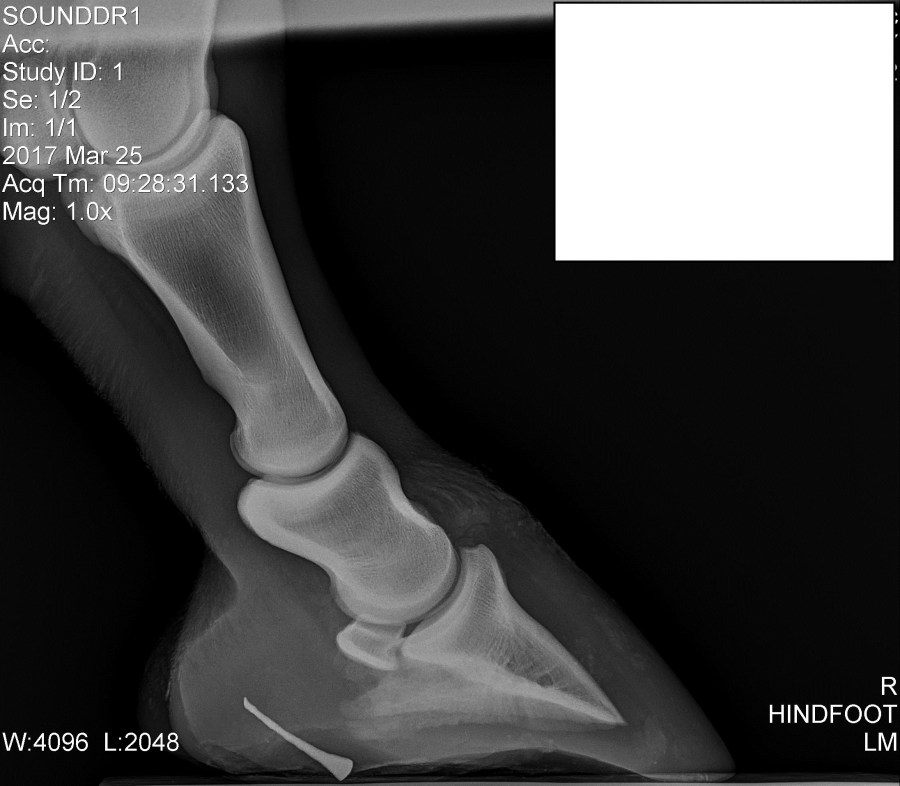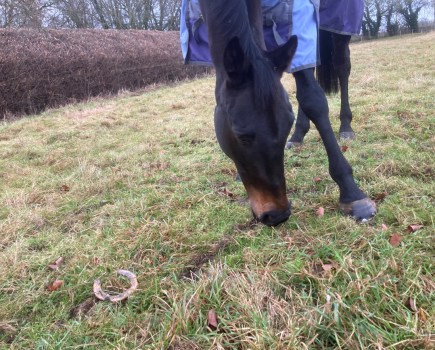Beth from XLVets equine explains all about a busy day covering an on-call shift
This weekend I was covering a day of ‘on call’ for a colleague as she had offered to be the event duty vet at a local hunter trials.
This is always a nice thing to do, seeing our clients and patients out and about enjoying themselves makes a nice change to the stressful situations that we often see you all in!
We had agreed that the calls would come to me between 7am and 7pm and my day started just as it meant to go on with a phone call at 7.05am!
The unlucky horse in question had been found with a nail in her foot, going into the frog, which the owner suspected had been there for several hours.
A nail in the foot
The foot contains numerous vital structures all relatively close to the sole that can be damaged by a penetrating nail. Firstly we need to rule out infection of either of the two synovial structures in the foot, these are the coffin joint and the navicular bursa.
If these structures are infected then the only reliable treatment option is surgical flushing of the cavity under general anaesthesia.
The next step is to determine if the pedal bone or deep digital flexor tendon have been damaged by the nail.
Thankfully, the owner of this patient had left the nail in place. In this situation, if it’s possible to leave the nail in place without risking it getting pushed further in, this will help your vet to determine the extent of the damage.
If you do have to remove the nail, make sure you make a note of where it went it, how far and at what angle. Taking a photo of the nail in the horse’s foot is also helpful.
Time for X-rays
The biggest advantage of the nail still being in place when I arrived is that let me to take some X-rays of the foot with the nail in it.
The nail shows up as a bright white line so we can see exactly where it has gone in the foot.
 We were able to see from the X-rays that this horse had been very lucky and, although the nail went in at a very dangerous location, it had angled backwards away from all the vital structures.
We were able to see from the X-rays that this horse had been very lucky and, although the nail went in at a very dangerous location, it had angled backwards away from all the vital structures.
I pulled the nail out and advised poulticing for at least five days and a course of bute and antibiotics. Hopefully, she’ll make a full recovery.
A kick to the leg
Having wished the rest of the yard good luck at the hunter trials I headed home, but I’d only made it 10 minutes up the road before my phone went again!
This time was a stitch up from a nasty kick wound. We took some X-rays to rule out any fractures due to the force of the kick and thankfully these looked fine.
 I then stitched up the wound, leaving a drain in place due to the large pocket that had been created under the skin.
I then stitched up the wound, leaving a drain in place due to the large pocket that had been created under the skin.
This means that it’s less likely to get a build up of fluid under the skin, leading to infection and re-opening of the wound. He was also given a course of antibiotics and pain relief.
The drain was removed on Tuesday and the wound is looking good. We have advised repeating the X-rays in two weeks when we remove the stitches. This is done in cases that could have stress fractures as they often don’t show up on initial xrays.
During the healing process, some damaged bone is reabsorbed to allow new bone to form in its place. This takes 10-14 days and allows a dark line to appear in the bone on the X-rays meaning we can identify the fracture.
If his X-rays still look normal at this point then he has also been very lucky to avoid a more serious injury!
Having had such an early call, I hadn’t yet had time to muck out my own horses. Fortunately, the yard manager turns my horses out when I’m on call and so I just have to head over and muck out and make feeds and haynets when I get a chance.
By the time I had done all this it was 3pm and I was definitely ready for my lunch – a fish finger sandwich – YUM!!!









